blog»Conversion Rate Optimization»AdWords Mistakes That Are Killing Your E-commerce Conversion Rates (And How to Fix Them)
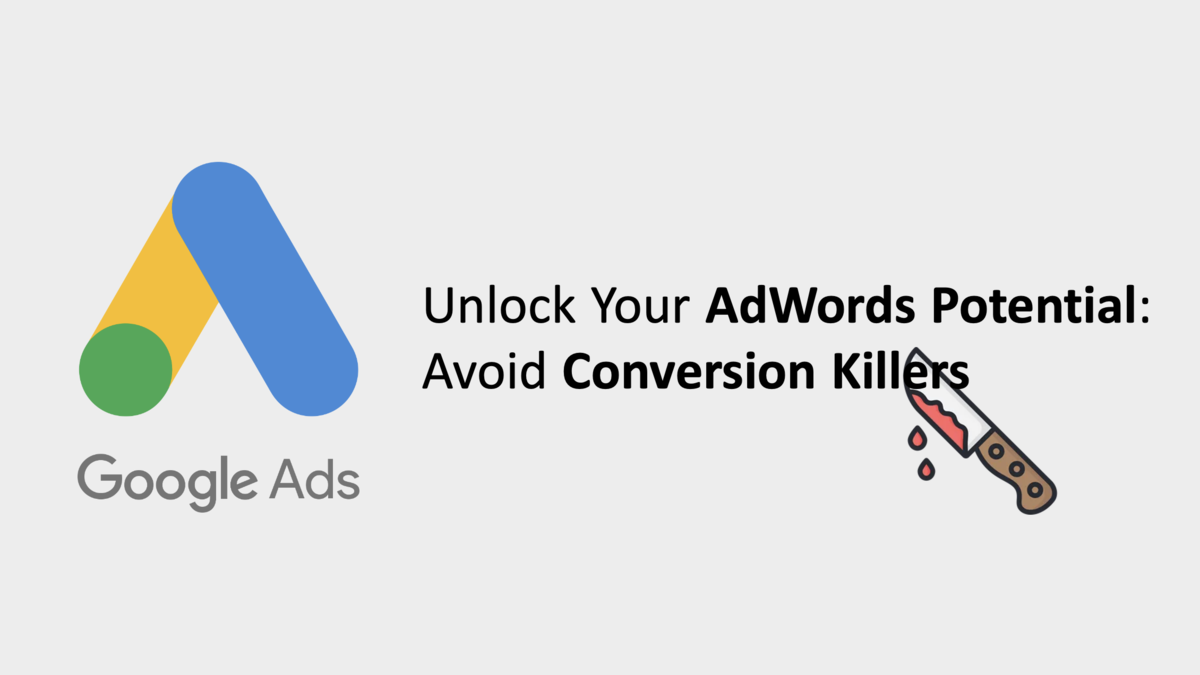
AdWords Mistakes That Are Killing Your E-commerce Conversion Rates (And How to Fix Them)
2024/03/25
You can read this article in about 23 minutes
Introduction
If you’re pouring time and money into AdWords but not seeing the results you expected, you’re not alone. AdWords can be a goldmine for driving traffic and boosting sales, but it’s easy to trip up on some common pitfalls. Whether it’s due to a misunderstanding of how AdWords works or simply overlooking key elements, these mistakes can silently sabotage your conversion rates.
In this post, we’re going to dive deep into the world of AdWords to uncover the usual suspects behind disappointing conversion rates. From the sneaky slip-ups like neglecting keyword research to the more covert culprits like failing to optimize for our ever-scrolling mobile users, we’ve got you covered.
But it’s not all doom and gloom! With each mistake we uncover, we’ll provide practical tips and tweaks to turn things around. By the end of this article, you’ll be equipped with the know-how to refine your AdWords campaigns and transform them into conversion-driving machines. So, grab your favorite beverage, settle in, and let’s get your AdWords strategy back on track!
Mistake #1: Neglecting Keyword Research
Imagine this: You’ve set up your AdWords campaign, you’re all pumped up to see the sales roll in, but… crickets. What went wrong? Well, let’s talk about the cornerstone of any successful AdWords campaign: keyword research. Skipping this step is like setting sail without a compass; you might move, but probably not in the direction you want.
Here’s the deal: not all keywords are created equal. Some are too broad, attracting the wrong crowd, while others are so specific that they attract no one at all. The trick is to find that sweet spot – keywords that are relevant to your product, but also used by your potential customers when they’re ready to buy.
So, how do you strike gold with keyword research? Start by thinking like your customer: what words would they type into Google when looking for your products? Tools like Google’s Keyword Planner are your best friends here; they can show you search volume and competition levels for your potential keywords. Don’t ignore long-tail keywords (those three to four-word phrases) – they might have lower search volumes, but they often signal higher intent to purchase and face less competition.
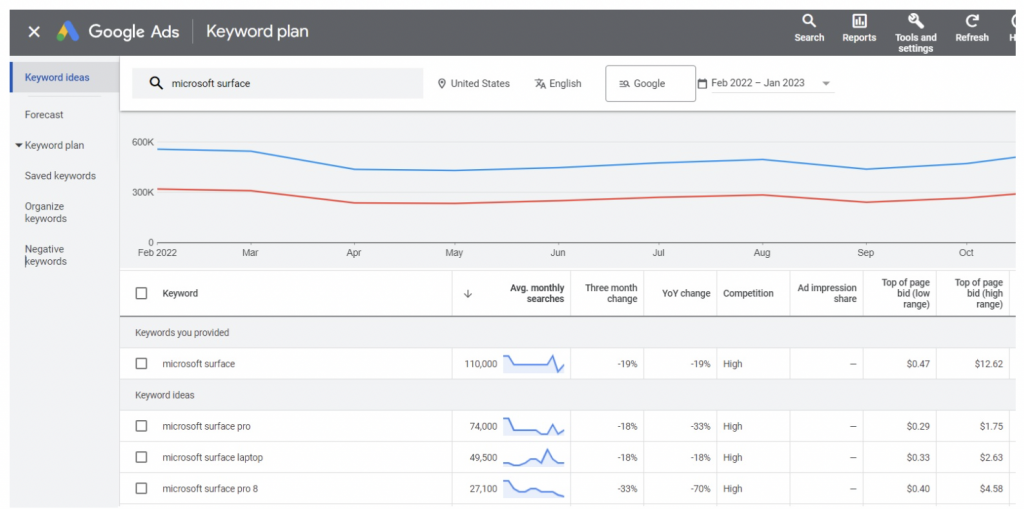
And remember, keyword research isn’t a one-and-done deal. It’s an ongoing process. Market trends shift, and so do the words people use. Regularly updating your keywords ensures your ads continue to reach the right audience, keeping your conversion rates healthy and your AdWords campaign on point. So, roll up your sleeves, dive into the data, and start crafting that list of killer keywords that will turn searches into sales.
Mistake #2: Overlooking Negative Keywords
Here’s a fun fact that’s not so fun in practice: not every click on your AdWords ad is from a potential customer. Crazy, right? This is where many e-commerce marketers miss the mark—they forget about the power of negative keywords. Ignoring these unsung heroes can lead to spending precious ad dollars on clicks that will never convert because they’re just not relevant.
Think of negative keywords as your campaign’s bouncers. They keep out unwanted search terms, ensuring your ads only show up for the right audience. For example, if you’re selling luxury handbags, you don’t want your ads appearing for searches like “cheap handbags” or “handbag repairs.” Adding these as negative keywords protects your budget and keeps your focus on users with genuine buying intent.
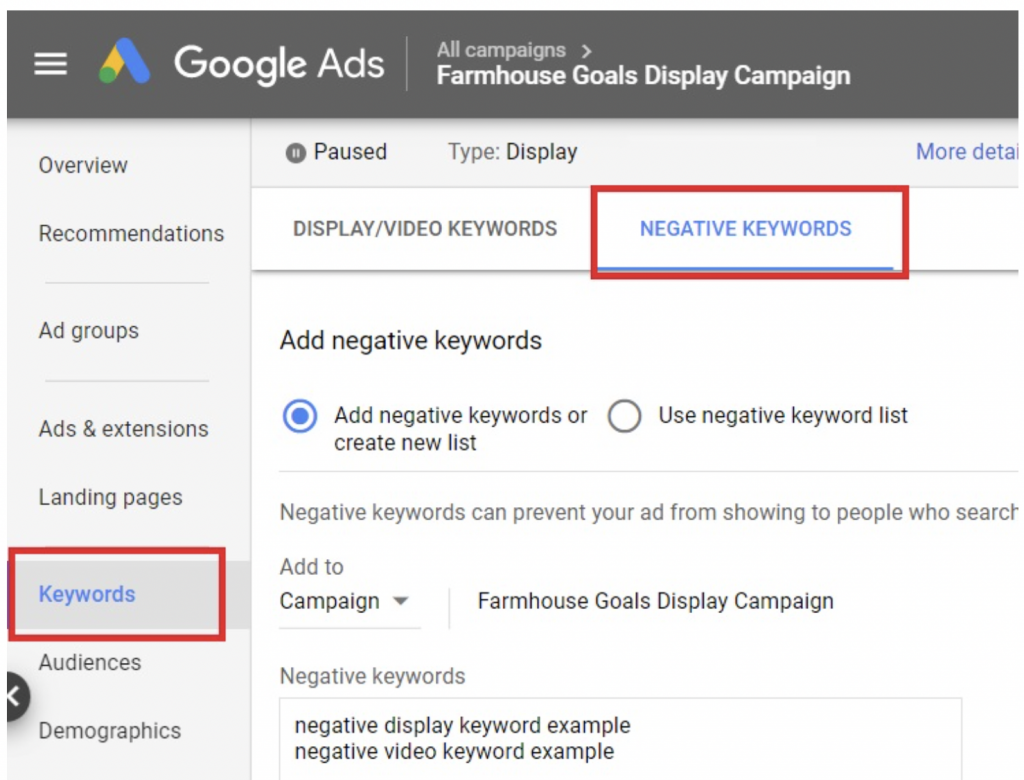
But how do you identify these unwelcome guests? Start by diving into your AdWords search terms report. Look for search terms that are completely unrelated to your products or services and add them as negative keywords. Also, think about common but irrelevant terms that might intersect with your keywords and preemptively add them to your list.
Incorporating negative keywords isn’t a set-it-and-forget-it task. Regularly updating your list based on new search data can significantly improve your campaign’s efficiency and your conversion rates. By sharpening your focus and avoiding irrelevant clicks, you’re not just saving money—you’re making every ad count towards reaching potential customers who are genuinely interested in what you have to offer.
Mistake #3: Ignoring Ad Copy Relevance
So you’ve picked the perfect keywords and filtered out the bad ones with negative keywords. Great job! But there’s a catch – if your ad copy is as enticing as a wet blanket, your conversion rates will still be left out in the cold. This is where many e-commerce marketers drop the ball: they don’t match their ad copy to the searcher’s intent.
Creating ad copy that resonates is like crafting a personal invitation to your potential customers. It should scream (politely, of course), “Hey, I’ve got exactly what you’re looking for!” If your ad copy is vague, generic, or just a list of product features, you’re missing out on engaging with your audience on a personal level.
Here’s the fix: align your ad copy with the specific keywords you’re bidding on. If someone searches for “vintage leather jackets,” your ad shouldn’t just say “Buy Jackets Online”; it should highlight your range of vintage leather jackets, maybe toss in a unique selling proposition (USP) or a special offer, and definitely include a clear call to action (CTA).
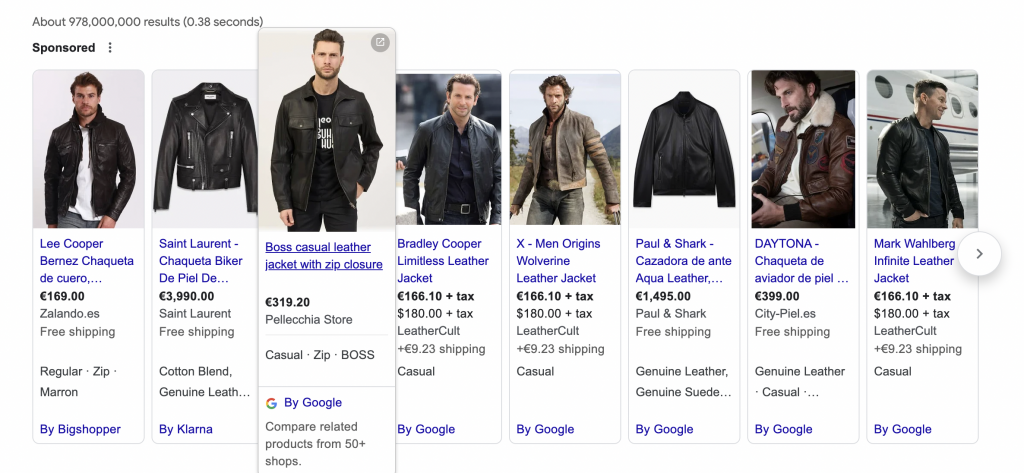
Don’t forget to A/B test different versions of your ad copy. Small tweaks can lead to significant improvements in click-through rates and conversions. By continually refining your message, you can discover what resonates best with your target audience.
Remember, every word counts in your ad copy. Make it relevant, make it compelling, and watch as those improved conversion rates start rolling in. It’s all about making that perfect first impression that leads the searcher right to your virtual doorstep.
Mistake #4: Failing to Optimize Landing Pages
You’ve crafted perfect ads that are getting clicks – fantastic! But wait, why are those clicks not converting into sales? Ah, it might be because your landing pages aren’t living up to the promise of your ads. This disconnect is a common pitfall that can tank your conversion rates faster than you can say “bounce rate.”
Imagine this: your ad screams “Gourmet Vegan Chocolate!” but clicks through to a generic page full of assorted candies. Confusing, right? Your visitors think so too. If your landing page doesn’t match the ad’s message, customers will leave. It’s like inviting someone to a rock concert and then giving them an evening of smooth jazz.
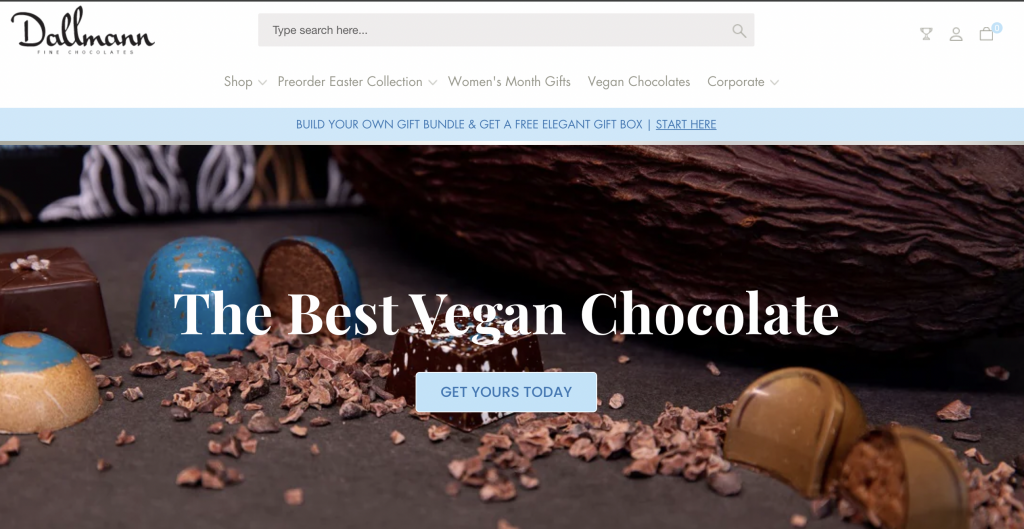
Enter the hero of our story: Ptengine. This is like having a microscope for your landing pages. Ptengine helps you dive deep into how visitors interact with your page, showing you heatmaps of where people click, how far they scroll, and what they’re ignoring. It’s like reading your customers’ minds – without the mind-reading part.
Using Ptengine, you can start to understand what’s working and what’s not. Maybe that “Get yours today” button is too far down the page, or perhaps the headline isn’t as enticing as it could be. Whatever the issue, Ptengine offers the insights you need to make data-driven optimizations to your landing pages.
Remember, your landing page is where the conversion magic happens. Make sure it’s optimized to continue the story your ad began, and keep refining with the insights tools like Ptengine provide. This way, you’ll turn those clicks into customers and those ads into ROI. Don’t let a poorly optimized landing page be the weak link in your AdWords campaign!
Mistake #5: Not Utilizing Ad Extensions
Imagine you’re scrolling through a menu in a restaurant. Sure, the main dishes look good, but it’s the side dishes that make your mouth water and complete your meal. This is what ad extensions do for your AdWords campaigns. They’re the extras that make your ads more tempting, yet some e-commerce marketers leave them off the table. Big mistake!
Ad extensions expand your advertisement, giving potential customers more reasons to choose your business. They can showcase everything from additional product links to your store’s location, phone numbers, or special promotions. Yet, if you’re not using them, you’re essentially giving your competitors free reign to outshine your ads with more compelling information.
Here’s the kicker: ad extensions don’t just make your ads bigger; they make them better. They can significantly improve your ad’s visibility and click-through rate (CTR). Think about it – more detailed information at a glance means more relevant clicks and, ultimately, higher conversion rates.
So, what should you do? Start by exploring the variety of extensions available in AdWords. Use sitelink extensions to link to specific pages on your site, like contact forms or popular products. Callout extensions can highlight unique selling points, like “Free Shipping” or “24/7 Customer Support.” If you have a brick-and-mortar store, location extensions can guide customers right to your doorstep.
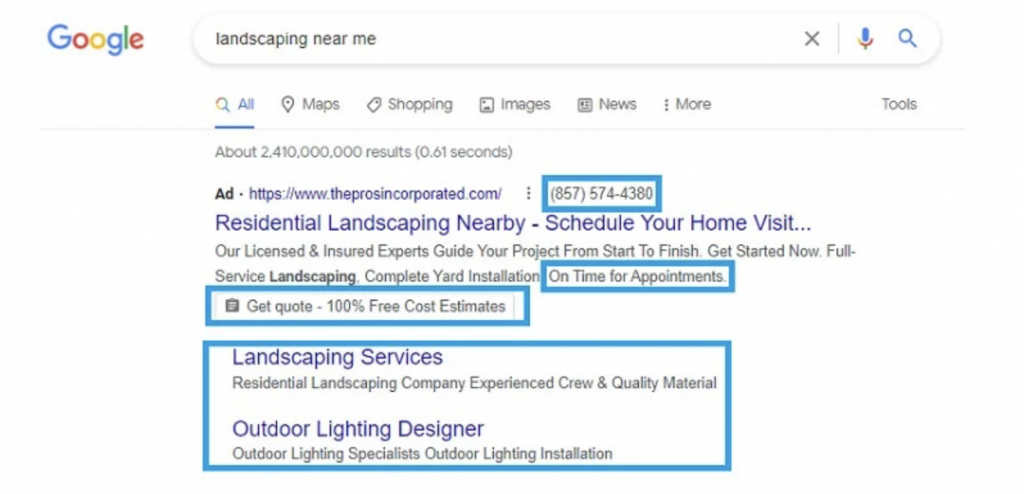
Remember, every extension has its place and purpose. Experiment and track what works best for your audience. Ignoring ad extensions is like leaving money on the table – and who wants to do that? Dive in, add those extras, and watch your ads go from good to great.
Mistake #6: Ignoring Mobile Users
Here’s a no-brainer that’s often ignored: a massive chunk of your audience is browsing on their phones. We live in a mobile-first world, but you’d be surprised how many e-commerce marketers forget this when setting up their AdWords campaigns. If your ads and landing pages are not optimized for mobile, you’re basically telling a huge part of your potential customer base, “Sorry, we don’t want your business.”
Mobile users behave differently. They want information quickly, they’re using smaller screens, and they have less patience for loading times or clunky navigation. If your ad leads them to a page that’s slow to load, hard to navigate, or just plain unappealing on a small screen, they’ll bounce faster than a dropped ball.

But here’s the good news: optimizing for mobile isn’t rocket science. Start with your landing pages; make sure they’re responsive, meaning they adjust smoothly to any screen size. Test your site’s mobile speed, because if a page doesn’t load in a blink, you’ve lost them. And consider the mobile user’s mindset—keep forms simple, calls to action clear, and information accessible with minimal scrolling.
Next, tailor your AdWords settings for mobile. Use mobile-preferred ads within your campaigns to deliver messages tailored to mobile users. Leverage extensions like call buttons that make it easy for mobile users to get in touch with your business.
In essence, don’t just acknowledge your mobile audience; embrace them, cater to them, and make it effortless for them to convert. After all, in today’s digital age, ignoring mobile users isn’t just an oversight—it’s a missed opportunity.
Mistake #7: Neglecting Campaign Analytics
Imagine setting sail without a map, compass, or stars to guide you. That’s what diving into AdWords campaigns without a keen eye on analytics is like. You’re navigating blind. It’s a mistake many e-commerce marketers make: launching campaigns into the digital sea without tracking their performance or understanding where the winds are blowing.
Analytics aren’t just numbers and graphs; they’re the story of your campaign’s life. They tell you what’s working, what’s not, and where your money is actually going. By ignoring this treasure trove of data, you’re missing out on critical insights that could drastically improve your conversion rates.
But here’s the kicker: data is only as good as your response to it. It’s not enough to just look at the numbers; you need to act on them. Regularly reviewing your AdWords analytics allows you to fine-tune your keywords, adjust your bidding strategies, and refine your ad copy. It’s all about testing, learning, and optimizing.
Tools like Google Analytics can help you track everything from click-through rates to the behavior of users once they land on your site. Are visitors bouncing off a particular page? Maybe it’s time for some tweaks. Are certain keywords bringing in more qualified leads? Perhaps shift more budget their way.
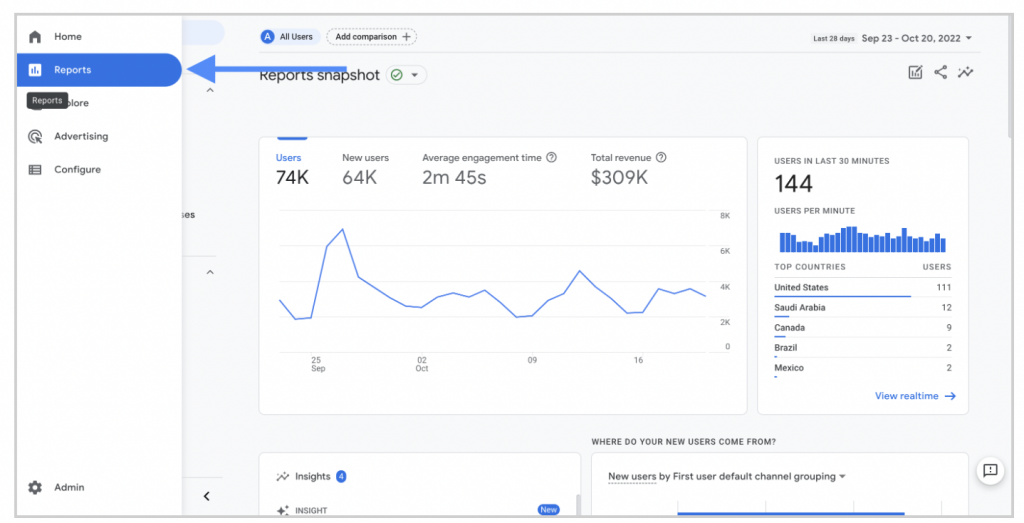
In short, your AdWords analytics are the compass that guides your campaign towards success. By paying attention to these insights, you can steer clear of common pitfalls and chart a course to higher conversion rates and better ROI. So, don’t set and forget; analyze, adapt, and improve.
Conclusion
And there you have it, the seven deadly sins of AdWords that could be tanking your e-commerce conversion rates. But don’t sweat it – every mistake also presents an opportunity for improvement. By tackling issues like neglected keyword research, underutilized negative keywords, uninspiring ad copy, mismatched landing pages, ignored ad extensions, overlooked mobile users, and unanalyzed campaign data, you’re not just fixing problems. You’re unlocking new potential for your e-commerce success.
Remember, the world of AdWords is ever-evolving, and so should your strategies. It’s all about testing, learning, and optimizing. Use this guide as your roadmap to refine your campaigns, enhance your user experience, and, most importantly, boost those all-important conversion rates.
So, take a deep breath, roll up your sleeves, and dive back into your AdWords account with a fresh perspective. The road to better conversion rates is paved with continuous improvement and a willingness to adapt. Your e-commerce store deserves the spotlight, and with these tweaks, you’ll be well on your way to grabbing it. Here’s to your success and sky-high conversion rates!